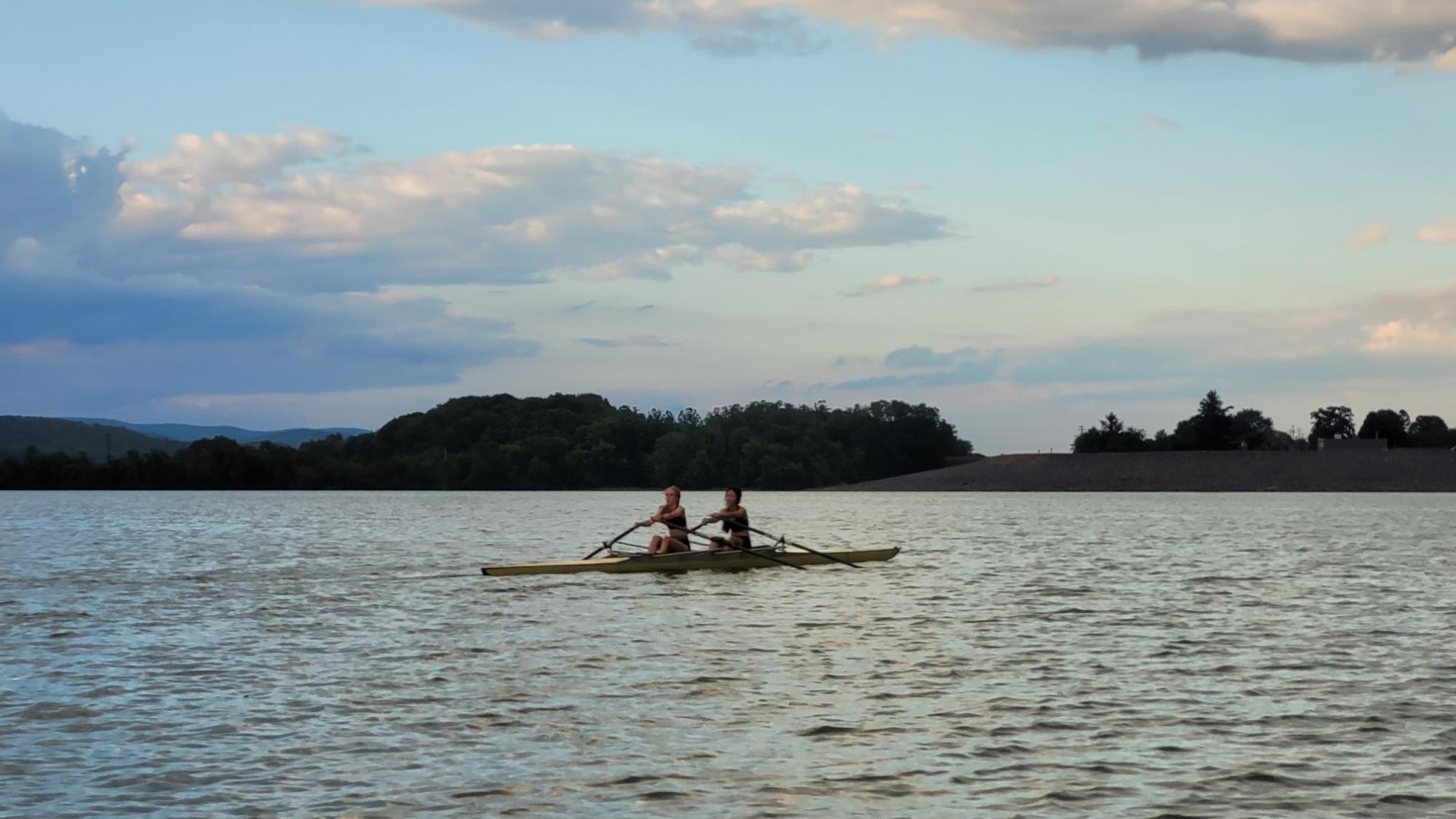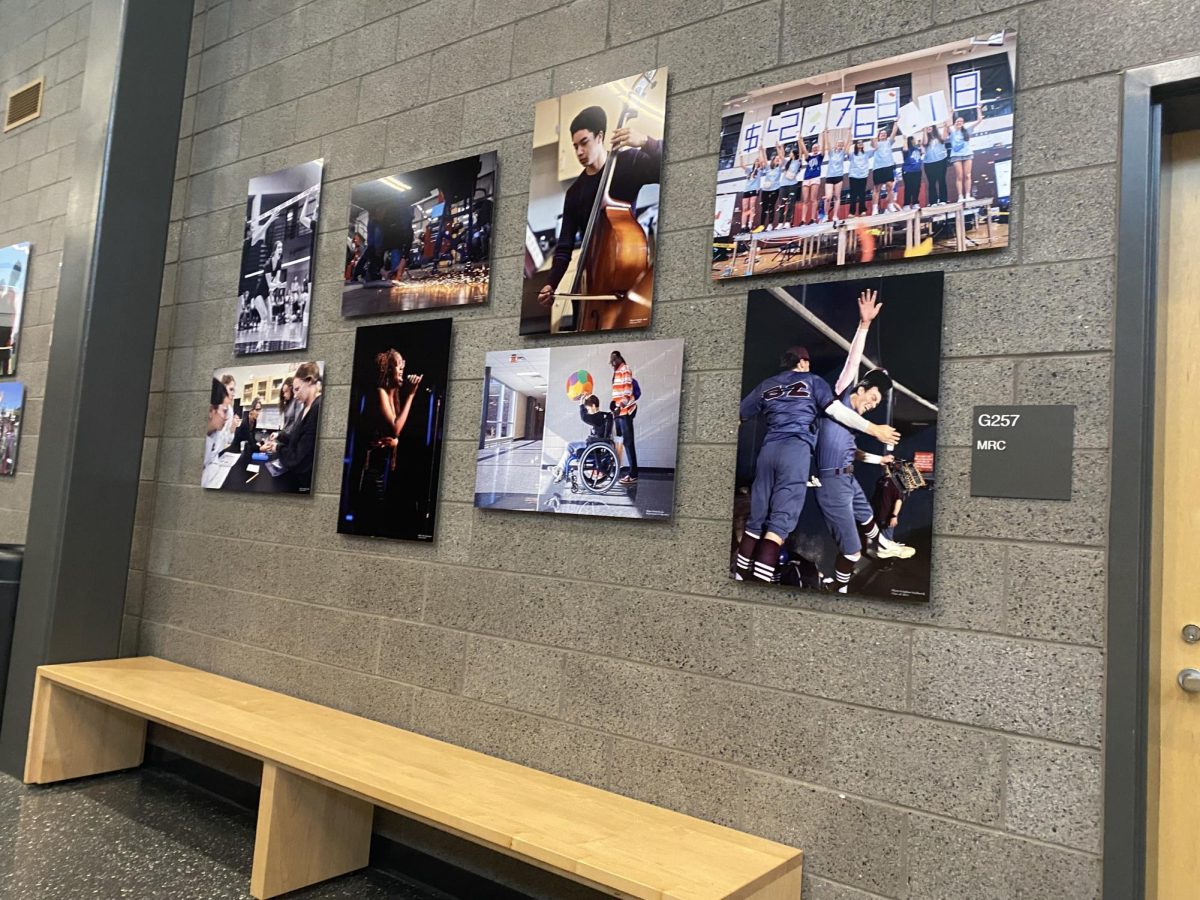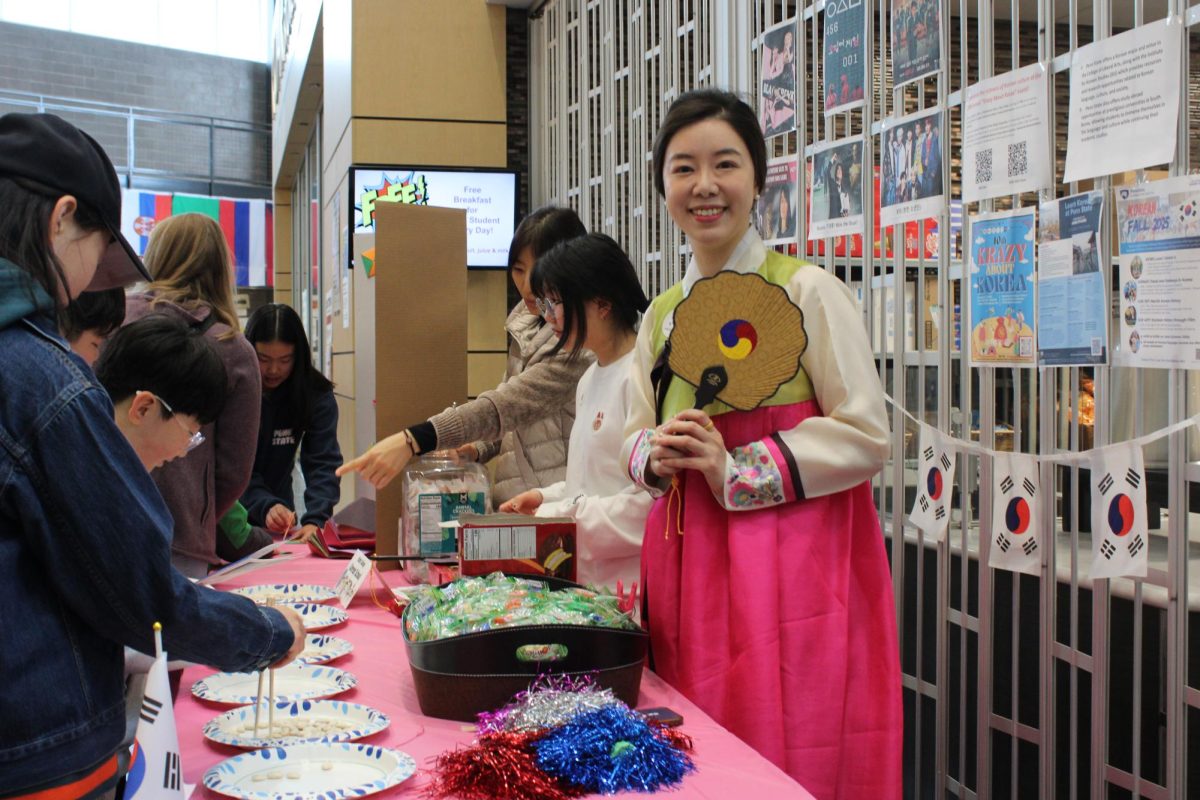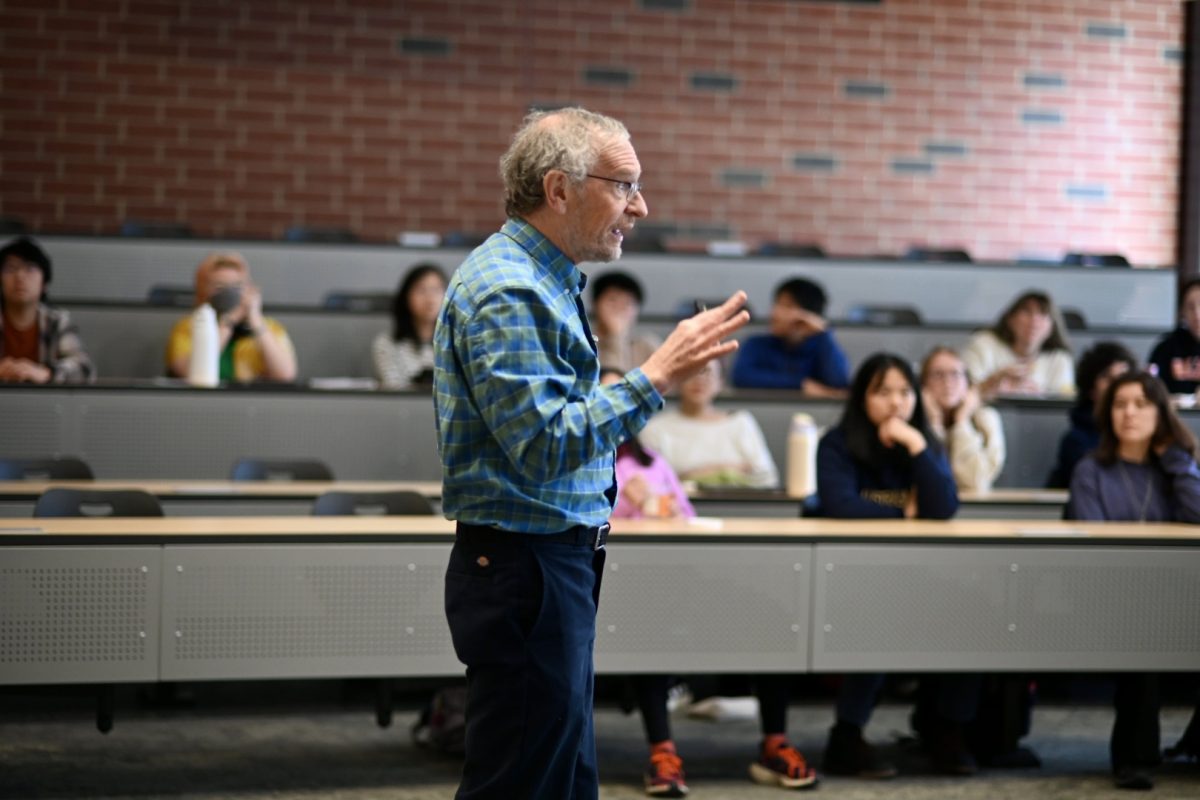State College Area Rowing, also known as SCAR, was started by a State High student in the spring of 2019. The club has since grown exponentially, amassing over 30 members in the 2023-24 school year. In the five years since its inception, its team worked and learned together to become an outlet for students interested in rowing.
Rowing has two seasons, fall and spring. In fall, rowers typically complete longer distances such as 5Ks with 8 rowers and the coxswain, the person who directs the rowers. Spring is the sprint season with the distance being 2K. The options also open up in spring with events like quads and fours, which both have four rowers and the coxswain.
SCAR’S practices come in two forms. The first type of practice is at the school. Rowers use ergometers, or ergs for short. They also do activities like body circuits and running to supplement their training. The second type of practice is at the lake. The team drives approximately 30 minutes to Foster Joseph Sayers Reservoir at Bald Eagle State Park, where they row out on the water.
The rowers have joined for a variety of reasons, but a common theme is that they wanted to use rowing as a way to relieve stress. Amy Liu, a senior on SCAR, initially joined rowing as a way to distract herself.
“The summer before, I was going through a really busy time of my life and it was rough on me mentally. So rowing was kind of, in a way, it started off as a distraction. But it’s probably the best distraction I’ve ever joined,” Liu said.
Junior Ava Krebs joined rowing so she could spend more time outside.
“I joined rowing because I was spending a lot of time inside in my freshman year with the extracurriculars I was doing and I was missing being outside, especially with spending so much time inside throughout the school day. I had friends on the rowing team so in sophomore year I decided to give it a try just to kind of see how it would make me feel and I loved it so I kept going with it,” Krebs said.
A core part of the rowing team is their relationships with each other. In rowing, communication is the key to success. Because the rowers spend so much time working together, they need to become close. Both Liu and Krebs put an emphasis on the team’s closeness.
“I know that there’s other team sports out there, but no sport is really a team sport like rowing. If you know In, I would say football or baseball each person has a mission. And they’re each responsible for their own individual part. And in rowing, there’s that too. But if one person messes up their part, it messes up the parts of everybody. So you know, the full cooperation really, really depends on every individual person to be doing their part correctly,” Liu said.
An individual can’t “win” in rowing. The whole team wins together. In order to go as fast as possible, a lot of technique is involved. If one rower is off for even a second, the entire boat loses momentum. Due to this, a lot of trust and practice is crucial to rowing. Krebs echoed this sentiment.
“Since rowing is such a team sport, it’s different. At school, it’s easy to be competitive with each other individually but then as soon as you’re on the water and you’re in the same boat with somebody else, you really do need to work as a unit. So you get really close with everybody,” Krebs said.
Despite all the work that rowers put in, there is often a lack of understanding surrounding their sport.
“I think one of the biggest misconceptions about rowing is that it’s an arm sport. Everyone thinks that you have really, really buff arms when rowing, which can be true. But rowing is primarily a leg sport, but is also a full body sport. Most of the strength in the legs, but it’s really every muscle- your arms, your back, legs, your core, everything. So it’s really a good sport if you’re trying to become more fit overall,” Liu said.
People interested in rowing shouldn’t let the falsehood of pure arm strength deter them from trying it out.
Trying out a new sport can be intimidating. However, SCAR focuses on willingness to improve rather than how good a rower is to start out. SCAR is a no-cut team, meaning anyone can try it out without worrying about times and skill. Liu explained the team’s philosophy surrounding beginners.
“The first thing that I tell most people who join the team, is that because we are a no cut sport, […] we do not care how fast you are. A lot of us are really looking for that personality and the openness to try something and really find something you love as well. So I think it’s really important to take that pressure off their shoulders at the beginning. So they’re not worried about times, going the fastest, or winning the races. We’re there to have fun and for each other,” Liu said.
At the heart of the sport is the people.
“I think rowing is a really wonderful community if you’ve ever been in another sport that just isn’t quite going the way you want it or just not quite what you envisioned it to be. Giving rowing a try is always a great option because it’s very strength based and you do get tough, you spend time outside, but it’s also a community of students who want to be athletic but just maybe aren’t ball-sport savvy,” Krebs explained. So whether students are stressed about schoolwork, tired of their current sport, or just simply want to try something new, rowing can help students be active while building strong bonds with other.














